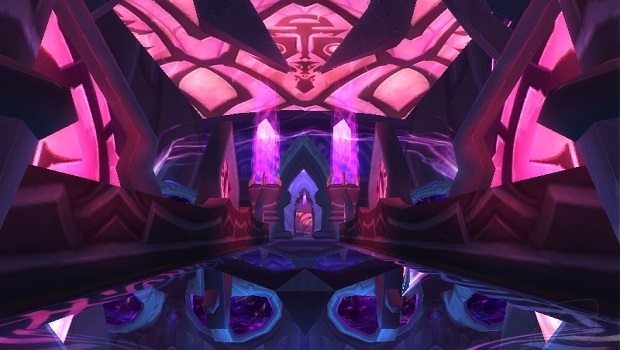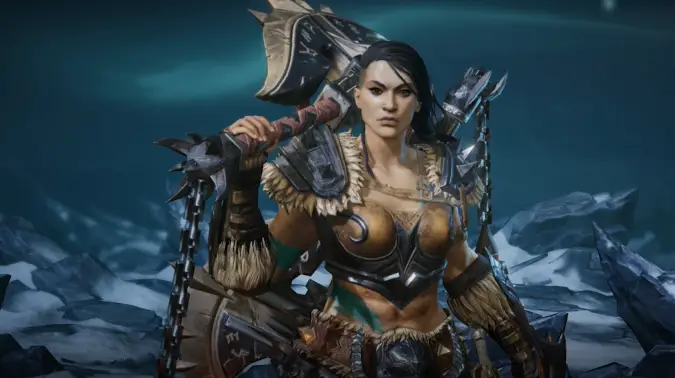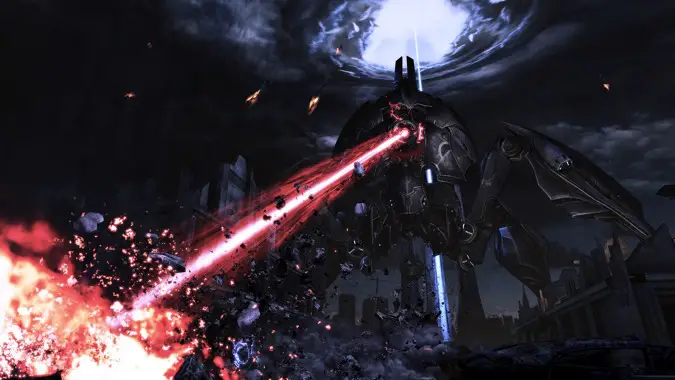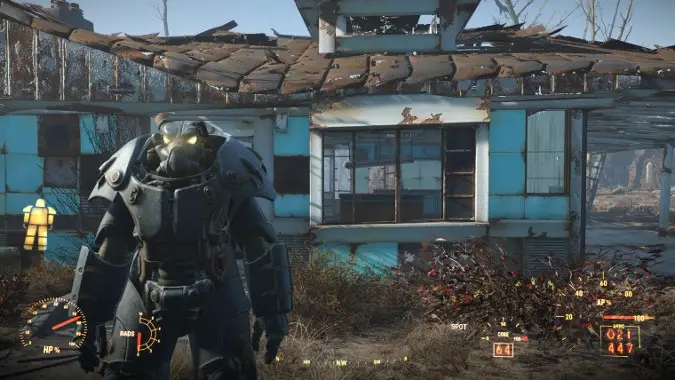How to adapt a video game — like, say, Diablo or World of Warcraft — to your D&D campaign

If you’re a TTRPG nerd like myself, the most exciting announcement at this year’s BlizzConline might well be that the folks at Critical Role will be running a Diablo-themed one-shot for the convention this year. One of the reasons this excites me is that I absolutely love seeing TTRPG conversions of video games — I bought the original Diablo 2 sourcebooks for Dungeons and Dragons back in the dawn of the 3rd Edition and got decent use out of them. I’ve played in several World of Warcraft-themed D&D sessions, including one I ran myself, and I’ve liberally adapted games like Mass Effect, Dragon Age, and even the Assassin’s Creed series. I also love to watch other people do this and see how they approach it — the folks at Critical Role have done so a few times, in fact, including a World of Warcraft one-shot with Terry Crews and a Kobolds and Catacombs Hearthstone adventure.
The cool thing about adapting video games as opposed to movies or books is that there’s an actual gameplay element to video games that you can use to inform your adaptation, not just a narrative one. Playing Diablo or WoW or some other game, you can see the powers at work, think about the gameplay systems and how you’d be best served adapting them to your tabletop game. For example, in the WoW one-shot, Matthew Mercer deliberately designed a Warrior class for the session for Terry Crews to play, instead of just using the Fighter or Barbarian classes, and that’s a really interesting choice on his part that does a lot to preserve the source material.
So let’s talk about how to adapt your favorite video games to table top role playing.

Decide on your ground rules
The first thing I always do when I’m going to run an adaptation of something like this is decide first what system I’m going to use. While Dungeons and Dragons is nearly ubiquitous in RPG circles, it might not be the best choice for adapting to a source like Diablo — especially if you’re short on the kind of time it’ll take to create, say, a version of the Demon Hunter or Witch Doctor classes from that game.
If you know going in you’re not going to be able to sit down and design a version of the class that’s accurate to the game, that’s okay. It’s actually often a really good choice to run your game using the source material as flavor, but using the mechanics and classes of the game — I once played in a WoW one-shot that didn’t adapt any of the classes from WoW, it just used D&D classes that were close enough. Know up front how much work you want to put into the game elements of your adaptation — it can be awesome to sit down and work out how Biotics should work for your Mass Effect game, but if you don’t have that kind of time, you can just reskin the Sorcerer and Wizard spells as Biotic powers and be done with it.
Similarly, if I were doing Diablo, I’d probably just use the D&D rules as written and let people pick whatever class combinations they wanted, because I’m not that great at coming up with new versions of classes the way Matt Mercer did for the WoW one-shot. Make sure to pick an approach before you get started — doing game accurate class imports is great, but it’s also a lot of work, so be sure you’re comfortable doing it before you get started.

Match the atmosphere to your source material
Really, doing a Diablo-themed D&D game is more about the feel of the thing. The old Diablo 2 sourcebooks made that fairly clear as well, and it’s something that works in pretty much every game adaptation I’ve ever participated in. The Mass Effect game I ran stole an element from Call of Cthulhu and reskinned it to adapt the game’s concept of the Reapers ability to Indoctrinate members of various species to turn them into servitors — when your Sanity ran out, well, you were indoctrinated and started working for Team Reaper.
You need to identify key elements of the game, be they gameplay or narrative, and preserve them. So if you’re running a game inspired on Assassin’s Creed, ask yourself if you’re going to keep the Animus and the idea of simulation, or if you’d rather focus on weird Isu technology and the various devices that have shown up in various games, or the idea of your main protagonists (in this case, the players) being descended from the Isu in some fashion?
It can be fun to actually have your players create their modern day protagonists and the characters in the past that they’re Animus-ing into, in that case, but admittedly some games work best with fewer players. But a game like The Witcher (itself based on a novel series) can be adapted to D&D relatively painlessly, which is probably why there’s an actual tabletop Witcher game out there now. Likewise, if you’re adapting Fallout, take a moment to think if you want to keep stuff like radiation poisoning in your game.

Remember it’s supposed to be fun for your players
If you’re adapting a popular video game to your tabletop, remember, if a specific aspect of that game wouldn’t be fun for your group, jettison it. For example, Diablo can be a bit on the exploding corpses style of gameplay, and maybe your group doesn’t need to hear excessively detailed descriptions of torture and demonic horrors to get the gist of it — but having tons of treasure and magic items after you rampage through a dungeon would be fun for them, and that’s the part of the game you should be focusing on as you play.
I mentioned Fallout before. You may have a group who would absolutely love juggling various anti-radiation items, power armor and other means to avoid getting radiation sickness. Or you may have a group who would get frustrated super easily and would not enjoy playing through that. Figuring out how far to take the gameplay elements in your adaptation is a big part of making sure it’s both faithful to the source game and its inspiration and also making sure your group actually enjoy the ride. In my case, I deliberately kept rad sickness as a narrative element, rather than one that players needed to pack a ton of Rad-X and RadAway to deal with.
But there’s a lot you can adapt to your table top even in games like the Final Fantasy series, ultimately. Big monsters, a party of allied heroes traveling the world to stop a disaster? That’s pretty solidly in TTRPG’s wheelhouse, and never let the trappings slow you down. You can absolutely just call a big monster your found in the Monster Manual a Cyber-Orb instead of a Beholder and the party will never know it’s the exact same monster, it’s all in how you describe it. That’s the ultimate secret of any game adaptation, ultimately — half of the work is done in your description and the players’ imagination, you can easily get away with using all the same D&D style monsters and traps, and just describe them in a FFVII or Mass Effect science-fantasy way and you’re good to go.
I’m so looking forward to seeing how they adapt Diablo at BlizzConline. I’m going to steal so many ideas for my games.
Please consider supporting our Patreon!
Join the Discussion
Blizzard Watch is a safe space for all readers. By leaving comments on this site you agree to follow our commenting and community guidelines.
 @MatthewWRossi
@MatthewWRossi



